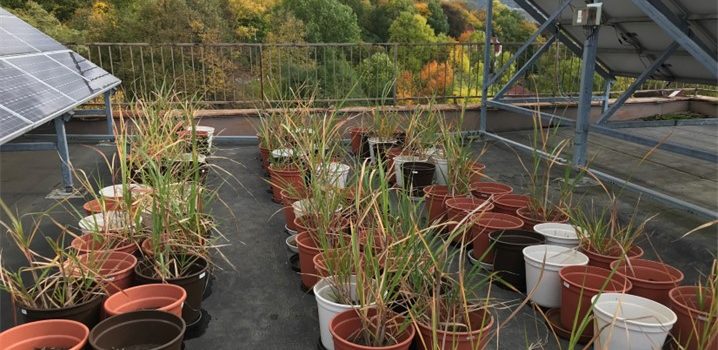
Is biomass grown on diesel-contaminated soil suitable for energetic use?
Petroleum hydrocarbons have many applications and therefore belong among the most common pollutants in the environment. A perspective “green” remediation method is phytoremediation using energy crops, where the plant contributes to soil purification and at the same time produces energetically applicable biomass. But can be this biomass really used, for example, for heating? Isn’t it a “dirtier” fuel than, for example, coal? We focused on these questions in our recent research. The second generation energy crop Miscanthus x giganteus which can grow well even on nutrient-poor or contaminated soils, was tested. First, the presence of petroleum hydrocarbons in the biomass was investigated. Only traces were found in leaves only and in addition also in control plants grown on clean soil. Their presence therefore originated likely from the urban air than from the soil. The average calorific value of biomass from contaminated and uncontaminated soil was comparable (approx. 17 MJ/kg) and corresponded to the values of brown coals. This shows applicability of the biomass from diesel-contaminated soil for direct combustion. The biomass was further pyrolyzed. Pyrolysis is a modern thermal method of processing waste into synthesis gas, pyrolysis oil and char. No effect of soil contamination on product yields was observed. However, soil contamination slightly affected the properties of biomass and therefore of pyrolysis products from all plant parts. The overall results show that the biomass of Miscanthus x giganteus grown on contaminated soil is applicable energetically and can contribute to more sustainable remediation practices.
The archive of other published articles can be found here